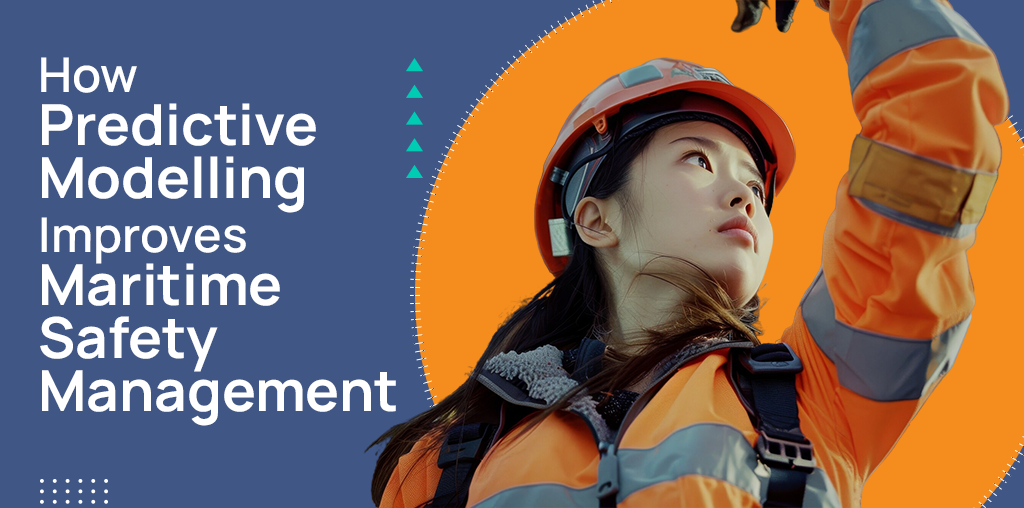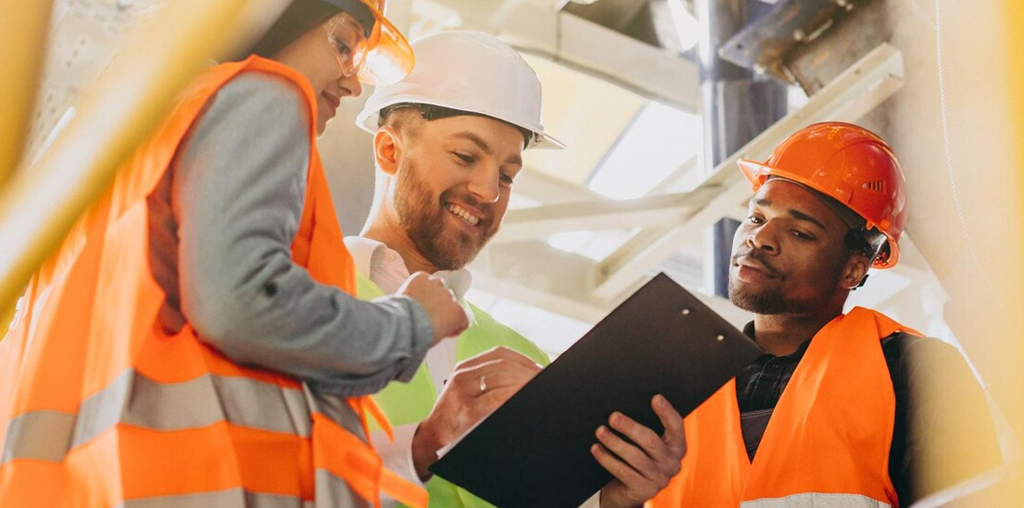How Predictive Modelling Improves Maritime Safety Management

- What is maritime safety management?
- How do you improve maritime safety management?
- What is maritime predictive modelling?
- What data sources are used for maritime predictive modelling?
- How does maritime predictive modelling improve maritime safety management?
- How accurate are the predictions made through maritime predictive modelling?
- How can HiLo improve your maritime safety management?
The financial and reputational consequences of maritime catastrophes increase every year. As a shipping company, you are therefore always looking to improve your safety planning, procedures, and records.
The greatest recent breakthrough in marine safety is predictive modelling. By using predictive modelling, you can identify and avoid your greatest risks – and HiLo’s world-leading technology makes it easy.
What is maritime safety management?
Maritime safety management involves identifying, analysing, and mitigating potential hazards during maritime operations. This ensures the safety of crew, cargo, and the environment.
Read more about maritime safety management in our blog, Maritime Risk Management Explained.
How do you improve maritime safety management?

- Find and resolve issues early: Using maritime predictive modelling can considerably improve the success of your maritime safety management. HiLo’s tools gather data to anticipate the issues likely to put your vessels in danger and show you how to prevent them.
- Improve crew collaboration: Ensure shore-side staff and crew members have the best communication for the safest maritime safety management. Encourage open communication of safety concerns and near misses to identify potential problems before they escalate.
- Make safety your #1 priority: The best leaders focus on safety first, making a full commitment to improving maritime safety management throughout their organisations.
- Clear, consistent training and operations: Ensure crew are trained to identify, assess, and mitigate risks, through training and procedures that minimise the chance of human error.
- Develop a risk management plan (RMP), including procedures for identification, assessment, mitigation, monitoring, improvement, and review. Use HiLo’s Pinpoint tool to improve risk assessments.
- Continuously improve your maritime safety management by monitoring and reviewing its effectiveness. Learn lessons from incidents and near misses.
What is maritime predictive modelling?
Maritime predictive modelling utilises historical data, up-to-date information, and advanced algorithms to forecast aspects of shipping operations, and therefore improve maritime safety management.
What data sources are used for maritime predictive modelling?
The main difference between modern maritime predictive modelling and traditional safety management is the data available.

Traditional maritime safety data could only use a company’s individual incident reports. HiLo’s maritime predictive modelling utilises comprehensive datasets from over 2,500 vessels for better risk predictions. We can look well beyond standard Incident Management Systems (IMS), by using both vetting/audit and defect/maintenance data.
Through vetting/audit data, we can find potential problems during inspections (SIRE, PSC, CDI), spotting trends and areas needing improvement.
By utilising defect/maintenance data, we can find the most important issues that are most difficult to find. These ‘leading indicators’, like equipment leaks, may initially appear to do little damage, but have the biggest risk of causing significant issues if not addressed quickly. With HiLo’s maritime predictive modelling, you can solve them quickly.
How does maritime predictive modelling improve maritime safety management?
Through maritime predictive modelling you can find, predict and prevent risks.
Firstly, by identifying issues early through maintenance data, you can highlight potential failures before they happen. You can then use these insights to take preventive action to stop recurring issues. Even better, by analysing all available data, you can find and address the root causes.
Most importantly, by building up comprehensive data and trends, HiLo’s maritime predictive modelling tools predict future risks. You can therefore anticipate and mitigate potential issues before they emerge.
This ensures:
- Better safety: By anticipating potential hazards, crews can take measures to reduce accidents and injuries.
- Lower maintenance costs: Predictive maintenance based on data helps identify and address issues before they become major problems.
- Greater commercial appeal: A strong risk management plan with predictive modelling can demonstrate a safer operation, leading to higher self-assessment scores and potentially more lucrative charters.
How accurate are the predictions made through maritime predictive modelling?
The accuracy of maritime predictive modelling depends on the quantity of data used, the modelling techniques, and the quality of the analysis.
HiLo is the world leader, achieving unprecedented 98% accuracy. Wehave the right partners, technology and know-how:
- Extensive, high-quality data: our models are built on a vast internal real-world maritime dataset from 12 years of research and over 2,500 ships
- Rigorous analysis: our maritime predictive modelling uses statistical analysis techniques from world-leading experts.
- Expert validation: these models undergo rigorous peer review by data science and maritime specialists at Imperial College London and The Alan Turing Institute
No model is perfect, and unforeseen circumstances can always arise. However, HiLo’s commitment to data quality, rigorous analysis, and expert validation ensures our models provide the most accurate predictions possible in the maritime industry.
How can HiLo improve your maritime safety management?
HiLo’s maritime predictive modelling is revolutionising maritime safety management. By leveraging our data and advanced algorithms, shipping companies can make data-driven decisions to improve safety, efficiency, and profitability.
HiLo’s suite of tools and services use maritime predictive modelling to deliver improved maritime safety management quickly, easily and efficiently. They can:
- Simplify marine risk assessment processes
- Improve crew safety awareness
- Ensure you are fully compliant with regulations
- Find your biggest risks
- Show you how to resolve issues before they cause catastrophes
- Improve your self-assessments and boost commercial appeal
Crucially, HiLo’s tools can manage, organise and analyse vast amounts of data through:
- Easy data processing: Drag and drop various data formats for easy upload and standardisation
- Advanced analytics: our system analyses data from 2,500+ vessels, uncovering valuable insights
- Tailored solutions to address specific risks on your fleet
This ensures you can always see the latest safety trends relevant to your fleet, and how to address them.
Our experts analyse your existing data, risk assessments, and processes, painting a clear picture of where vulnerabilities lie. As a result, HiLo customers have saved a total of over $130 million in the past year by avoiding incidents, and we have prevented over 2,000 incidents across the fleet.
Don’t let data hold you back. Contact HiLo today and learn how we can take your maritime safety management to the next level.